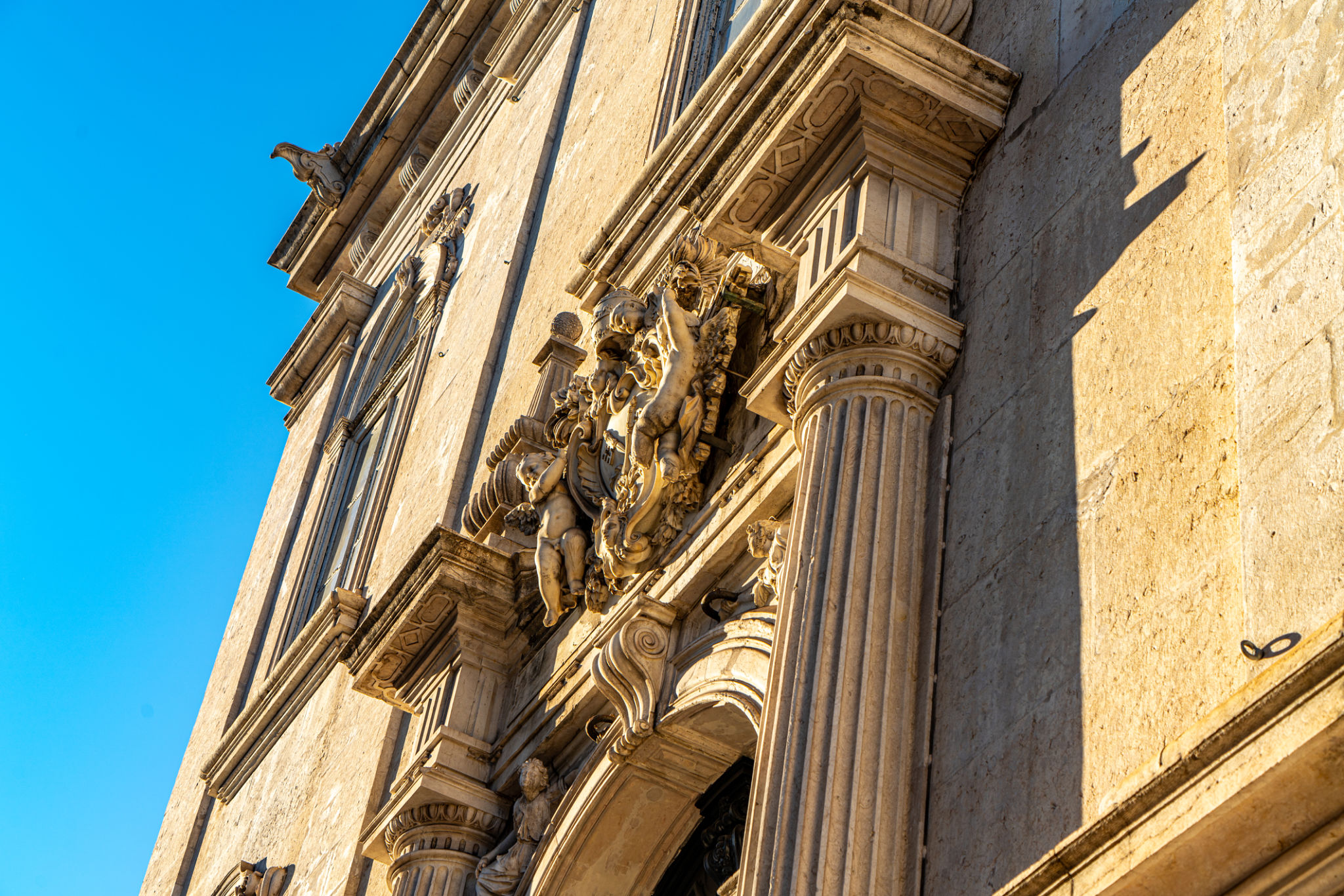Renovation Tips for Preserving Lisboa's Historic Buildings
Understanding the Importance of Preservation
Lisboa, with its rich history and stunning architecture, stands as a testament to Portugal's cultural heritage. Preserving its historic buildings is essential not only for maintaining the city's unique character but also for ensuring that future generations can appreciate its storied past. Renovation projects should therefore prioritize maintaining the architectural integrity and historical significance of these structures.

Incorporating modern amenities while respecting the original design can be challenging but rewarding. It's crucial to strike a balance between modern functionality and historical preservation, ensuring that any updates do not overshadow the building's original charm.
Conducting Thorough Research
Before embarking on a renovation project, it’s vital to conduct thorough research. Understanding the building's history, architectural style, and previous renovations can provide valuable insights into the best preservation practices.
Engaging with local historians or architects specialized in historical structures can be incredibly beneficial. Their expertise can guide decisions and help navigate any challenges that arise during the renovation process.
Adhering to Local Regulations
Lisboa has specific regulations and guidelines governing the renovation of historic buildings. These rules are designed to protect the city's architectural heritage and must be adhered to strictly. It is essential to consult with local authorities to ensure compliance with these regulations.

Obtaining the necessary permits and approvals before commencing any work is crucial. This process might seem daunting, but it helps safeguard the cultural and historical significance of the building.
Selecting Suitable Materials
When renovating historic buildings, choosing the right materials is key. Opting for materials that match or closely resemble the original construction helps maintain the building’s authenticity. This might include sourcing traditional tiles, bricks, or wood finishes.
In some cases, modern materials may be used if they offer better durability while replicating the appearance of traditional ones. The goal is to keep the aesthetic spirit of the original structure intact while ensuring longevity.

Employing Skilled Craftsmen
The expertise of skilled craftsmen cannot be overstated in preserving Lisboa's historic buildings. These professionals understand the nuances involved in handling delicate historical features and can execute renovation tasks with precision.
Investing in skilled labor ensures that intricate details, such as ornate carvings or vintage moldings, are preserved or restored to their former glory.
Implementing Modern Solutions Thoughtfully
While preserving history is paramount, incorporating modern solutions can enhance functionality and comfort. Features like energy-efficient windows, updated plumbing, and electrical systems can be integrated discreetly without compromising the building’s historical essence.
The key lies in implementing these improvements thoughtfully, ensuring they complement rather than detract from the building's original design.
Monitoring and Maintenance
After completion of the renovation, continuous monitoring and maintenance are vital to preserve the building's condition. Regular inspections can identify potential issues early, allowing for timely interventions to prevent damage.

Establishing a maintenance schedule ensures that both newly introduced elements and original features remain in optimal condition, preserving their beauty and functionality for years to come.
Fostering Community Involvement
Preservation efforts can be greatly enhanced by involving the local community. Educating residents about the importance of maintaining Lisboa’s architectural heritage can foster a sense of pride and collective responsibility.
Community involvement not only supports preservation efforts but also enriches the cultural tapestry of Lisboa, ensuring that its historic buildings remain cherished symbols of its identity.
